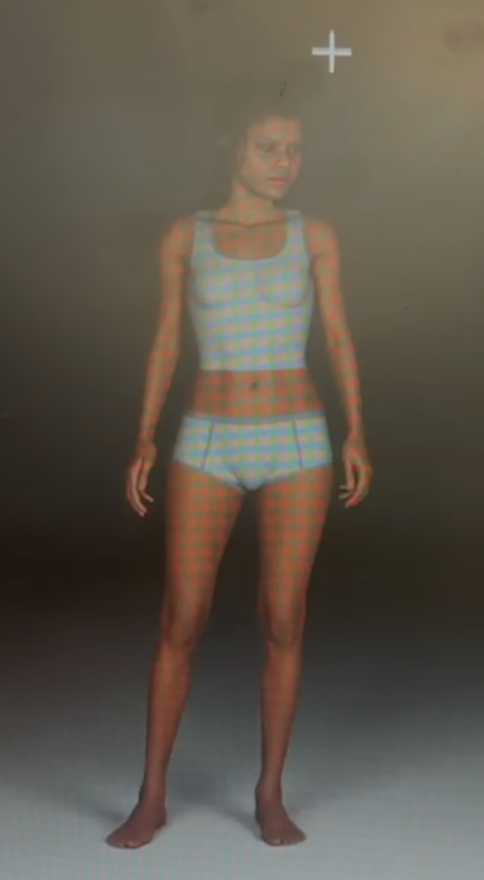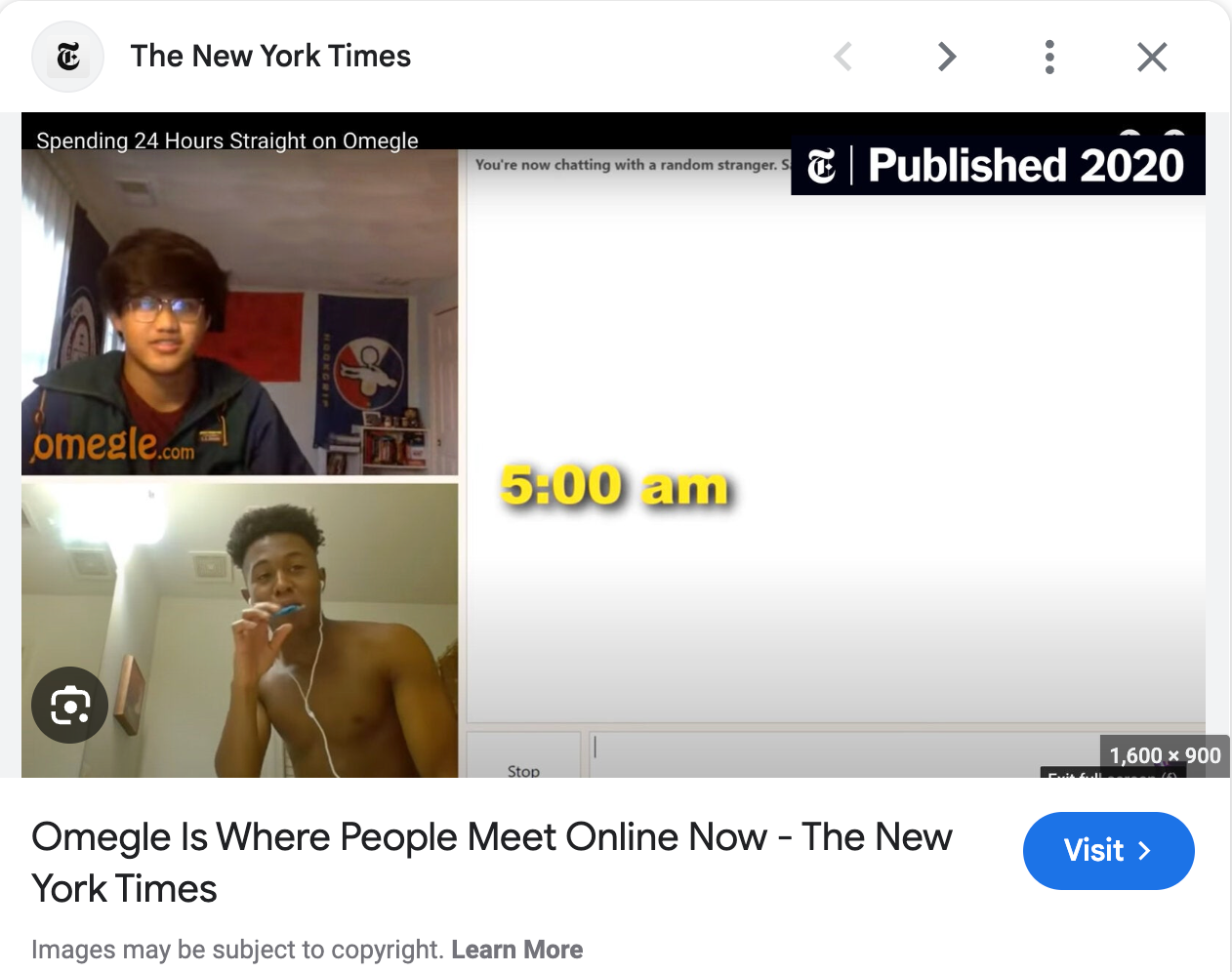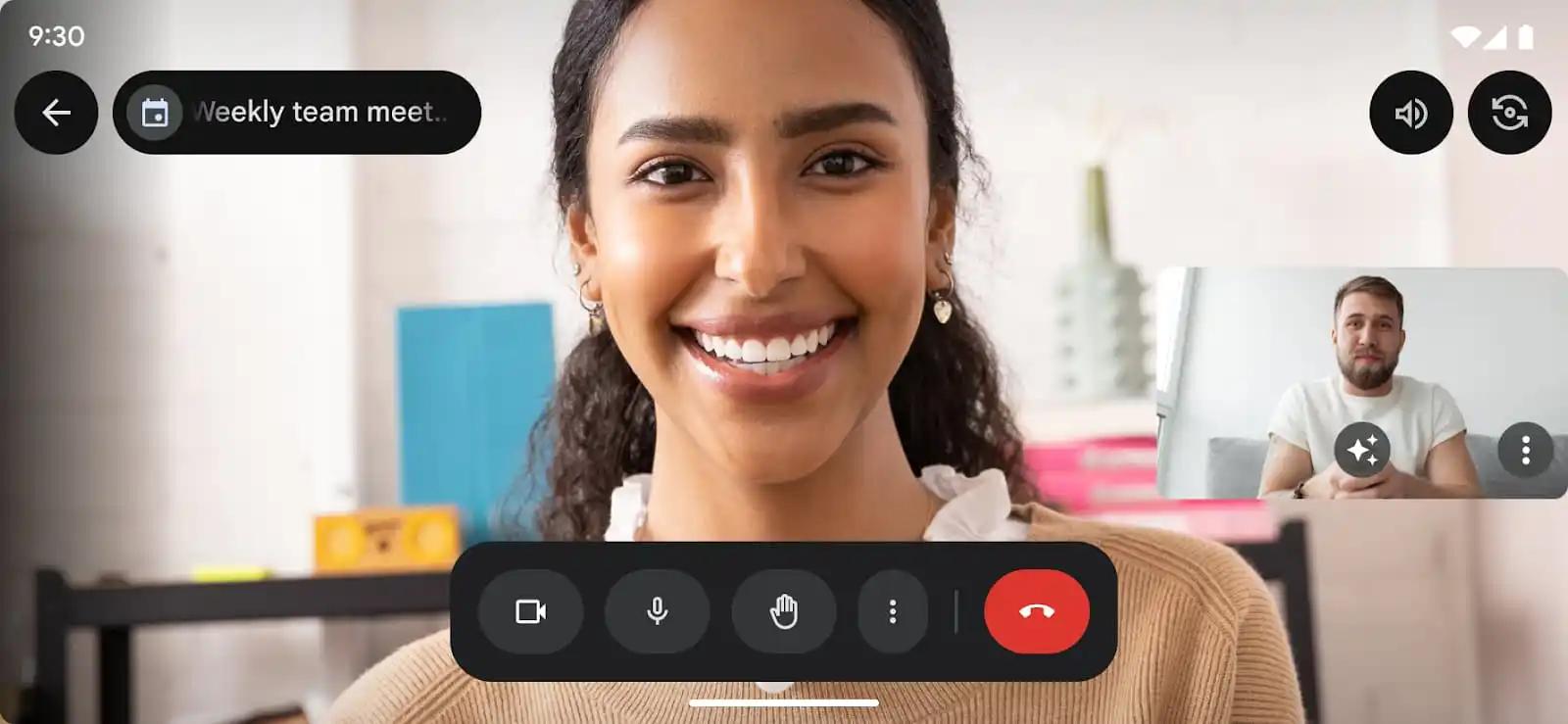Descriptions
The idea comes from the questions that I have towards 2D images and whether it is the end of mass image culture. 3D images and 2D image that have alternative dimension (e.g, 2:1) have been circulating for a while, however, it barely reached the exposure that 2D images have and there have been miniscule efforts to integrate it with popular platforms. For example, Instagram only allows certain aspect ratios (4:3, 16:9, 1:1, 4:5) and does not have the feature to interact with the image on a 3D space.


With that issues in mind, imagine an Omegle-inspired, social media platform on a virtual reality. The platform can be a showcase for the 3D model scans of the user. Other users got matched randomly to a user that has uploaded their 3D model scans. They will enter a gallery-like space where the 3D models are exhibited. Some social media interactions will be adapted as well, such as:
- likes
Features, as of 8 October:
Documentation video
- Spawning models inside the gallery on
MainSpawnPosition[CharacterSpawn.cs] - Mirror wall w hand (Tutorial):
- add rendering texture to a secondary camera that's pointing to the subject to be mirrored
- add mirror material to the mirror plane
- Doors opening (rotate 90deg)
onTriggerEnter[DoorCollision.cs] - Sound
onTriggerEnterwhen opening door with box collision [DoorCollision.cs - Door plane changes transparency gradually to reveal the objects inside the gallery
onStartLoadingSequenceusingStartCoroutineandIEnumerator FadeOutAlpha[CharacterSpawner.cs]
Questions & Improvements, from highest to lowest priority:
- Adding custom interaction to 'like' the character model, with feedbacks
- Voiceover for instructions
- Haptics on actions with object
- Adding animation to door opening or other object interactions
- Design kit
- Reflections: i'd like to show myself as an 'avatar' on the mirrored plane
Issues
- Skybox is not renderring
- Collision with door causes a black blob
- Passthrough vs Real Hands
Reflections, Second Thoughts & Regrets
Frankly, I got down to work on Unity with just a simple idea of rendering the 3D models from the MoCap class. The reason is because I prefer to work ASAP due to my unfamiliarity with Unity so I can just match my idea to what I'm capable of. However, the more I expanded on the idea of "meeting with random people", the more I'm hitting problems with the current UI that i'm having in the Unity.

The new expanded idea is to show both VR & MR camera views on the experience, either (1) mirroring the video call user interface with the MR view on larger screen and the VR view on smaller screen, or (2) (if possible) the Omegle column interface (both the VR & MR camera are rendered in a scaled down size on left column).
01:22am Urgent update
The recent why I’m looking for the QR code tutorial is because of Folk Computer. Folk Computer is a physical computing system and open-source "physical operating system" that brings computation into the real world using tangible objects, primarily with a custom QR code.
If i can get the QR code detection working, i think i’d rather work on this as there is already a community building with this program, although it is written for non C++ language
Elizabeth Kezia Widjaja © 2025 🙂